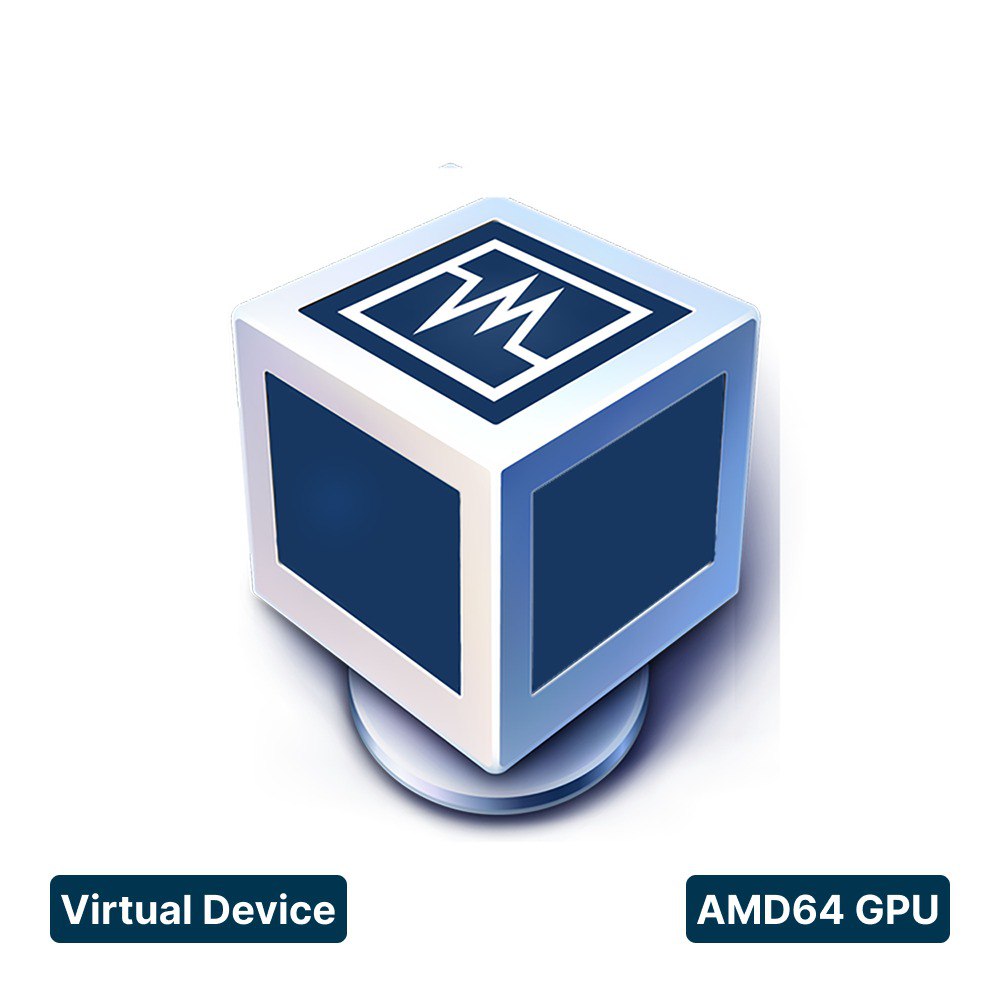How to accelerate distributed intelligence at the Edge with Low Code
Software development is one of the major barriers that industrial companies face in their digital transformation processes. The Low-code philosophy helps minimise the technological gap by eliminating much of the complexity in programming solutions and applications and providing developers with pre-programmed modules and facilities for the customisation of algorithms.
What is Low-code?
The Low-code concept is a software development philosophy that seeks to make the creation of applications as easy as possible with the help of tools that minimise the coding that programmers need to write. This philosophy, taken to the extreme, is known as «No-code», whose objective is that anyone can access the creation of apps and software with no programming knowledge.
Software development is precisely one of the major barriers many industries face in their digital transformation journey. This is why the low-code philosophy is so popular in sectors where the technological gap is important. Besides, the need for digital capabilities is driving the creation and adoption of Low-code and No-code tools. In fact, the demand for these tools have grown greatly in 2021, partly as a consequence of the COVID 19 pandemic. According to Gartner, the size of the low-code development market will reach $13.8 billion in 2021, more than 22% higher than its value in 2020. Forrester sees even greater growth by 2022, with a forecast to reach $27.2 billion.
Accelerating Digital transformation with Low-code

Industry enterprises are undergoing a profound transformation due to technology that involves both, new digital processes and new business models. The digital transformation uses data as the «raw material» to improve processes and to build new ones, and thus, optimise resources or generate new revenues.
Algorithms as simple as detecting the humidity in a plant so we know when to water it, or as complex as forecasting when an industrial equipment is about to break by measuring dozens of parameters, allow companies to be much more efficient in their processes.
However, all of above mentioned requires technological capabilities. Fundamentally, there is a need to:
1. Capture data from industrial devices and equipment
2. Process and analyse this data, either on-site or in the cloud
3. Execute certain actions based on the performed analysis
In industrial environments, these tasks are not without complexity. They have to combine IT knowledge with traditional OT knowledge.
a) They have to be able to use a myriad of different industrial protocols that are not oriented towards data analytics
b) They have to deal with sensitive environments that have traditionally been isolated
c) They have to acquire knowledge on advanced data analytics (data science), etc.
Low-code tools provide an invaluable help in these environments as they eliminate large part of the complexity in programming solutions and applications, and provide developers with pre-programmed modules and facilities for the customisation of algorithms.
Juan Pérez – Bedmar, VP Growth
You may be interested in reading about:
How to use Edge Orchestrators to deploy Artificial Intelligence at scale
The Advantages of Low-code
The adoption of low-code philosophy and its tools is clearly contributing to accelerate the digital transformation journey in the industrial world. It provides a number of advantages that allows digitalization projects to be implemented, measured and improved at any level:

1. They speed up the so called – taking of requirements: the development cycle of functionalities that allow programmers to validate customer requirements is greatly shortened thanks to this method.
2. They allow for agile iteration: any changes that need to be introduced in development processes can be undertaken much more quickly using low-code. In fact, this methodology encourages the creation of minimum viable products (MVP) that are incrementally improved with successive iterations.
3. They simplify integration with other external systems: in digitisation processes it is key to have the ability to connect the data gathered and processed with existing systems and infrastructures (CRMs, ERPs, etc.).
4. They can now focus on the value of data: by reducing the technical complexity of development, they help programmers and business operators to focus on where it is most needed, on getting value out of data.
Barbara´s Industrial Edge Platform and Low-code

Barbara is the Cybersecure Industrial Edge platform that helps accelerate digital transformation in industrial enterprises. It has developed a set of tools and functionalities that facilitate the governance of «intelligence of things» that precisely follows the low-code philosophy:
a) It includes connectors already programmed to communicate via industrial protocols with industrial equipment of all kinds (Modbus, Bacnet, OPC-UA, etc.).
b) It offers a «business builder» that provides a series of already developed modules (e.g. cloud data ingestion modules, data visualisers, blockchain enablers, etc.) with which to build more complex logics or algorithms
c) Enables the use of an IDE (Integrated Development Environment), with pre-programmed modules to facilitate the development, debugging and deployment of applications on the edge
If you are interested in this article, do contact us so that we can share our experience in developing IoT Edge Computing projects.









